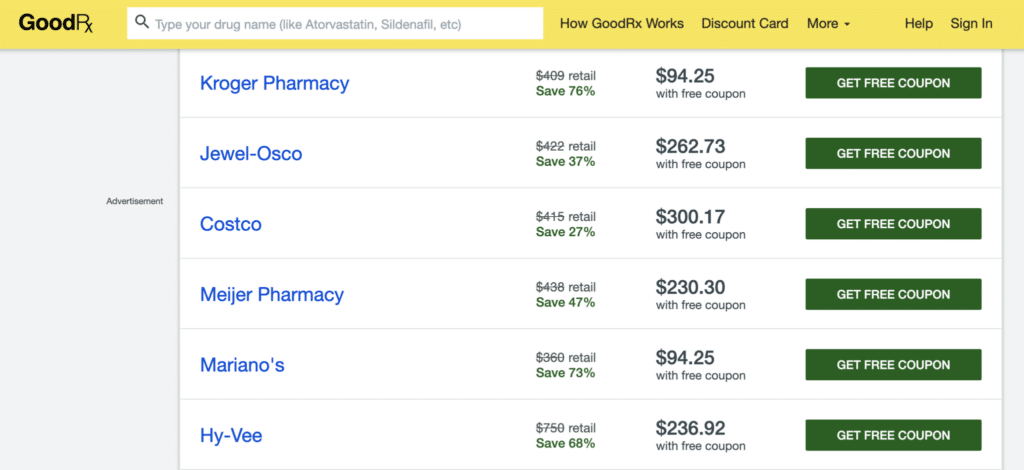Fanny Fern, a 19th century newspaper columnist and humorist, once said, “The way to a man’s heart is through his stomach.” Well, no offense to Ms. Fern, but we’d argue that the way to a person’s heart is through their wallet.
In other words: If you can help people save money, you’ll be their hero.
And as well all know, healthcare costs are rising with no end in sight. One of the main culprits? The cost of prescription drugs. So helping employees compare prescription drug prices online is a huge step to prevent overspending.
Let’s take a look at why drug prices are increasing, and the most important messages you should share with your employees to help them save some cash.
Why are prescription drug costs rising rapidly?
There are a few reasons for the increasing cost of prescription drugs. It’s no secret that prescription drugs come with a huge price tag, but let’s put it into a bit of global perspective. In the U.S., we spend twice as much on pharmaceuticals each year compared to the average of other countries:
Why the huge discrepancy? Well, systemic infrastructure problems, government regulations, and other healthcare inefficiencies are partially to blame. And those problems are nearly impossible to solve, especially if you’re a smaller employer.
But which drugs your employees buy is within your control, and it can make a huge difference. Of all the money Americans spend on prescriptions, only 30% is spent on generic drugs. So those name-brand medications are killer, and they can break the bank for some employees. Driving them towards smarter choices can help them save hundreds (if not thousands) of dollars per year, and will help you drive down claims costs for your company. It’s a win-win, eh?
How to get the best price on prescription drugs
Helping your employees cut back on pharmaceutical costs takes diligence, lots of reminders, and a few different tactics. Here are some of the main tools you can share to help them compare pricing and find savings:
Use a prescription drug price comparison tool
Drug costs vary from pharmacy to pharmacy, and doing a little research in advance can help employees save hundreds of dollars. These days, there are countless prescription drug price search tools online. Here are just a few:
These search engines help employees compare retail prices at their local pharmacies to find their prescriptions for the lowest cost. For example, a quick search reveals that employees could save more than $200 on an Epipen just by switching from Costco to Kroger:
So be sure to include links to these prescription cost comparison tools in your benefits materials, and remind them about the resources available to them throughout the year.
Use an online pharmacy
Online pharmacies are another great way to cut back on healthcare costs. Prices are sometimes lower than they would be at local retailers, and it’s a convenient way to get refills without having to remember to go to the pharmacy.
But proceed with caution: there are some rogue online pharmacies out there that offer potentially dangerous, non-approved drugs to consumers. So do your research before you make any pharmacy recommendations to your employees. The FDA’s BeSafeRX campaign offers plenty of resources for both employers and employees, and is a great gut check before your employees fill prescriptions online.
Ask your doctor for the generic version
And at the end of the day, remind employees that they should always ask their doctors for the generic version of any drugs that are prescribed to them. The FDA estimates that generic drugs are 80-85% less expensive on average than name-brand. But as we mentioned earlier, generic drugs only account for 30% of all pharmaceutical spending in the U.S.
Your employees should know that doctors have relationships with drug reps, and may be incentivized to prescribe name-brand drugs. But if asked about generic alternatives, doctors are required to offer other options. So a simple question during doctor’s appointments can save employees a lot of money: “What’s the generic version of this prescription?”
At the end of the day, there are countless ways to help your employees save on healthcare—so cutting back on prescription spending is just one drop in the bucket. But for your employees with chronic conditions, who take prescriptions year-round, these tips could help them save a boatload of money. And when they do? You’ll be the hero for helping them make it happen.



